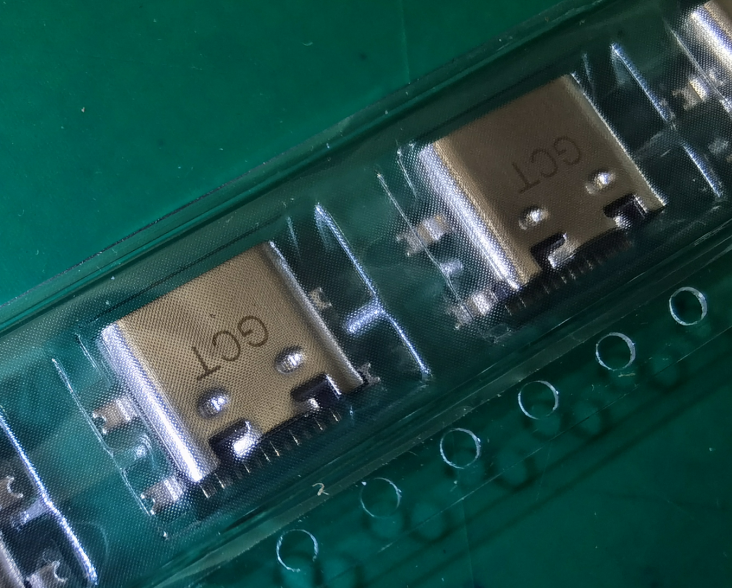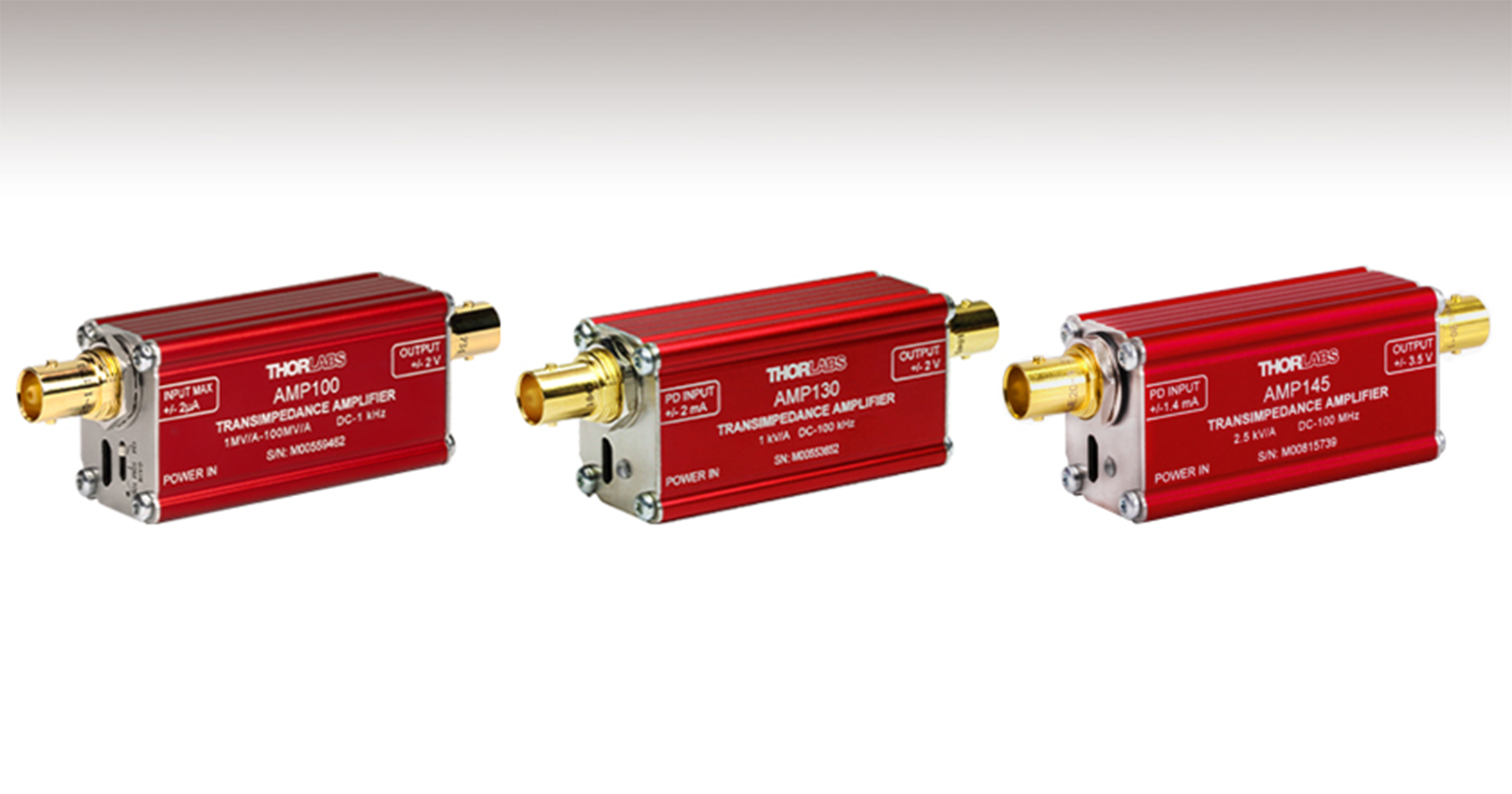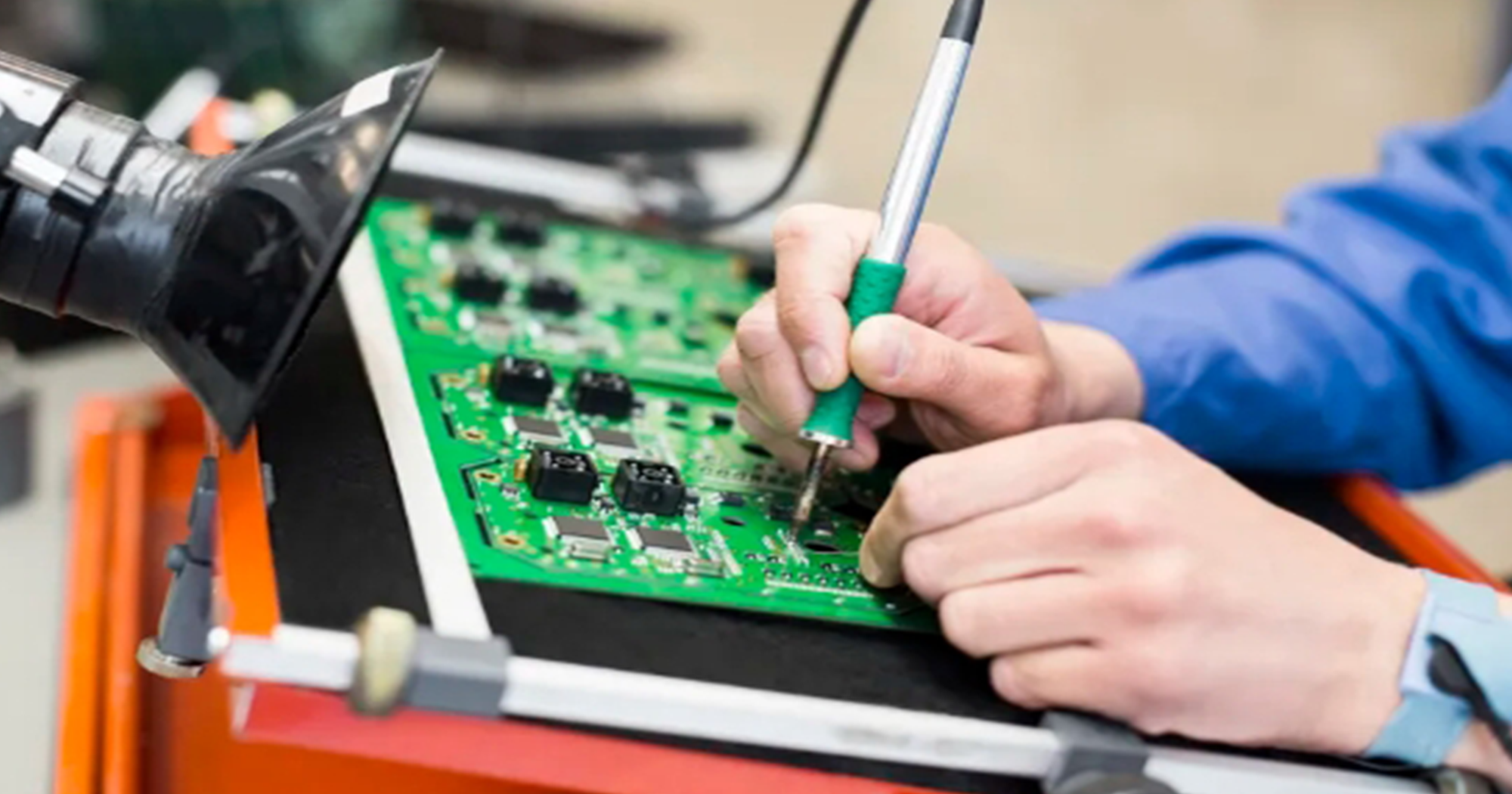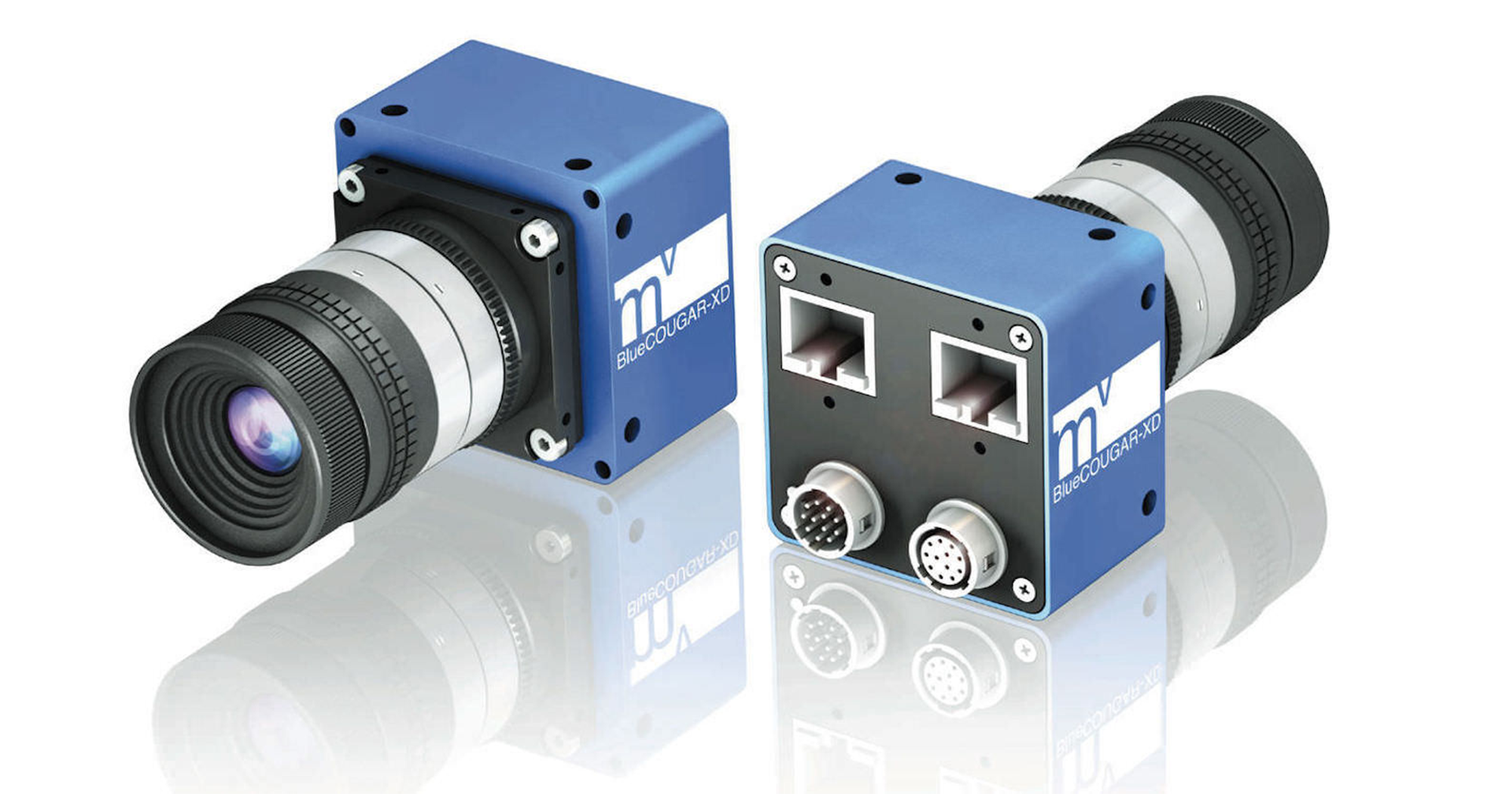How to Select the Right Tactile Switches Based on Contact Rating & Voltage
Tactile switches are widely used in various electronic applications, providing feedback when pressed, and are commonly found in everything from consumer electronics to industrial equipment. When choosing the right tactile switch for your application, it's crucial to understand the significance of parameters like Contact Rating and Voltage. These specifications are central to ensuring that the switch meets your system's electrical and mechanical requirements. In this article, we'll explore how to select the appropriate tactile switch based on these parameters and what they mean for your design.

What is Contact Rating?
The contact rating of a tactile switch refers to the maximum current and voltage that the switch can safely handle without damaging its internal components or causing failure. This rating is usually given in terms of DC voltage and current, and in some cases, AC as well. The contact rating ensures that the switch can reliably open and close circuits in your application without overheating or suffering from electrical stress.
The contact rating is an essential factor because exceeding it can cause issues such as switch burnout, poor performance, or even short-circuiting. For instance, if your application involves a high-power circuit, you'll need a tactile switch that can handle higher currents and voltages.
Voltage and Current Relationship
The voltage rating and current rating are closely related. For example, a switch rated for 12V DC and 50mA can safely handle a 12V circuit with a current draw of up to 50mA. However, if the current exceeds this value, the switch could fail. In general, higher voltage ratings tend to be paired with higher current ratings to ensure that the switch remains functional over a wide range of operating conditions.
Voltage Rating: Understanding the Importance
The voltage rating of a tactile switch defines the maximum voltage that the switch can handle without risking electrical breakdown of its insulation. This is important because electrical arcing can occur when a switch operates under voltages higher than its rated capacity. This could lead to reduced switch lifespan or complete failure.
For lower voltage applications (e.g., 3.3V, 5V, or 12V), a typical tactile switch will suffice. However, for more power-hungry circuits (e.g., 24V or 48V systems), it’s critical to select a switch with a higher voltage rating to ensure reliable performance and longevity.
Factors Influencing Voltage Selection
Voltage Type (AC vs. DC): DC circuits generally require lower voltage ratings than AC circuits due to the nature of current flow. For AC circuits, the switch may need to be rated for a higher voltage because of the continuous reversal of current.
Switch Contact Configuration: Single-pole, single-throw (SPST) switches are the most common, but for more complex circuits, a double-pole, double-throw (DPDT) switch might be needed, which can affect the required voltage rating.
Choosing the Right Tactile Switch Based on Rating
Application Type
The first step in selecting a tactile switch based on its voltage and contact rating is to understand the power needs of your application. If you're designing a low-power circuit such as an LED indicator or a small portable device, you might only need a switch rated for low voltage (e.g., 5V or 12V) and lower current. For higher-power devices like industrial control panels, a switch with a much higher voltage and current rating will be necessary to prevent damage.
Current Draw
Alongside voltage, consider how much current your circuit will draw when the switch is closed. If your application is likely to carry significant current (e.g., 1A, 2A, or more), make sure to choose a tactile switch with a higher current rating. A switch with insufficient current handling could overheat, reducing its lifespan or even causing it to fail prematurely.
Durability and Reliability
In applications where the switch will be frequently used, such as user interface panels or consumer electronics, it’s important to consider the switch’s endurance. Some tactile switches are rated for thousands or even millions of cycles. A switch’s contact rating gives you an idea of how well it will perform over time under typical operating conditions.
Environmental Conditions
Depending on your application, environmental factors such as humidity, temperature, and exposure to corrosive substances might affect your choice of switch. For example, switches used in outdoor environments or in automotive electronics might need special coatings or designs that protect against moisture and corrosion.
The Consequences of Choosing Incorrect Ratings
Selecting a tactile switch with the wrong contact rating can lead to several issues:
Switch Failure: Using a switch rated for a lower voltage or current than your circuit requires could lead to overheating, arcing, or even fire hazards.
Poor Performance: A switch with insufficient voltage or current capacity might not function properly, causing unreliable behavior in your device.
Increased Maintenance: Over time, using an underrated switch can lead to increased maintenance needs, such as premature switch replacements.
Conclusion
In summary, choosing the right tactile switch based on Contact Rating and Voltage is crucial for ensuring reliable performance and longevity of your electronic device. By understanding the voltage and current requirements of your application, and matching those with the switch's specifications, you can ensure that your design will perform optimally without the risk of component failure. Whether you’re a procurement professional, an engineer, or a beginner in the electronics field, keeping these parameters in mind will help you make more informed decisions and enhance the quality of your designs.
For more information or to request a quote, please feel free to send us an RFQ.
Some Model Numbers




